Looking to the future: RBC and Masterpiece’s new programme for emerging artists
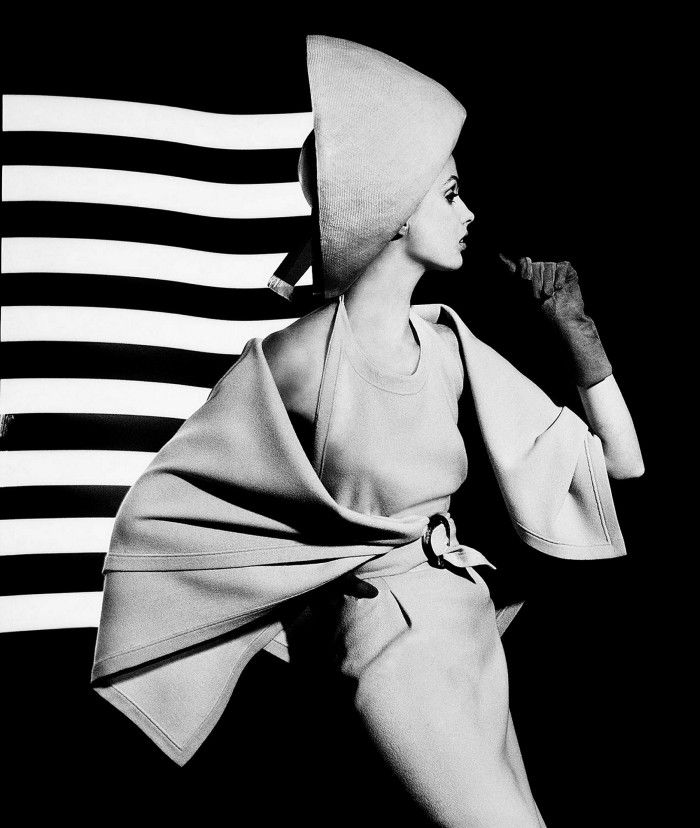
Roula Khalaf, Editor of the FT, selects her favourite stories in this weekly newsletter.
Masterpiece, the annual art and antiques fair usually held in a resplendent marquee in the grounds of Chelsea’s Royal Hospital, is launching an online edition for the second time. Its 127 galleries, with offerings ranging from antiquities to contemporary jewellery, Impressionist drawings to Persian carpets, appear in virtual form. As its director Lucie Kitchener says, “It’s all about agility at the moment. We have to weigh up what people are allowed to do, and what they feel like doing.”
While she is “incredibly sorry” not to be at the fair in real life, with all the buzz and atmosphere of the event, she also has an eye to the advantages and opportunities of the digital platform. Beyond the undeniably improved access — reaching “so many people who can never get to the fair in its physical form” — there’s much to be learnt, and for the future, she says, “we have to harness the good things even when we go back to the things we’re missing.”
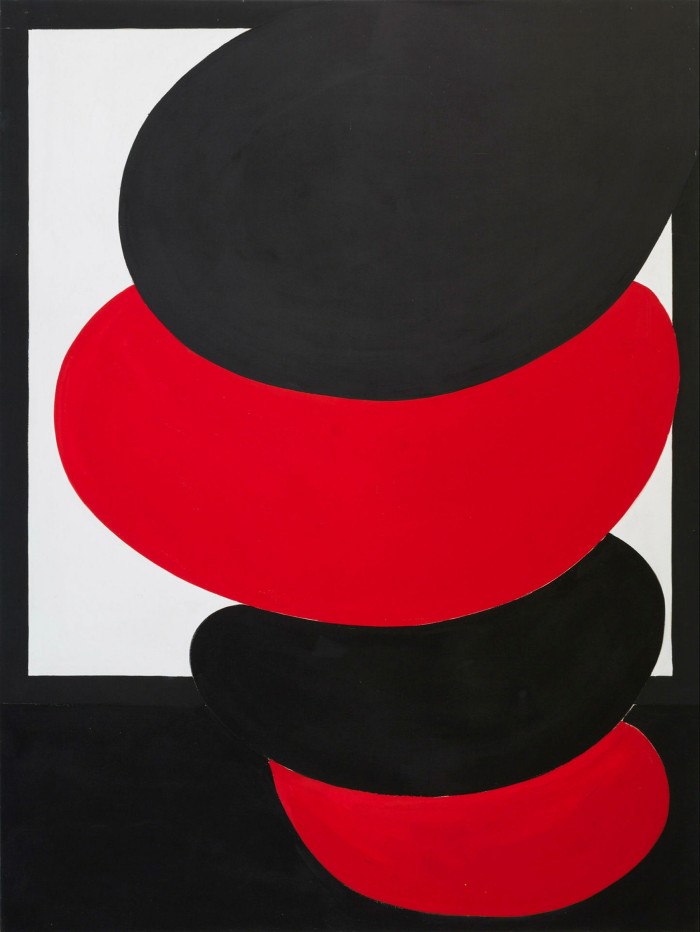
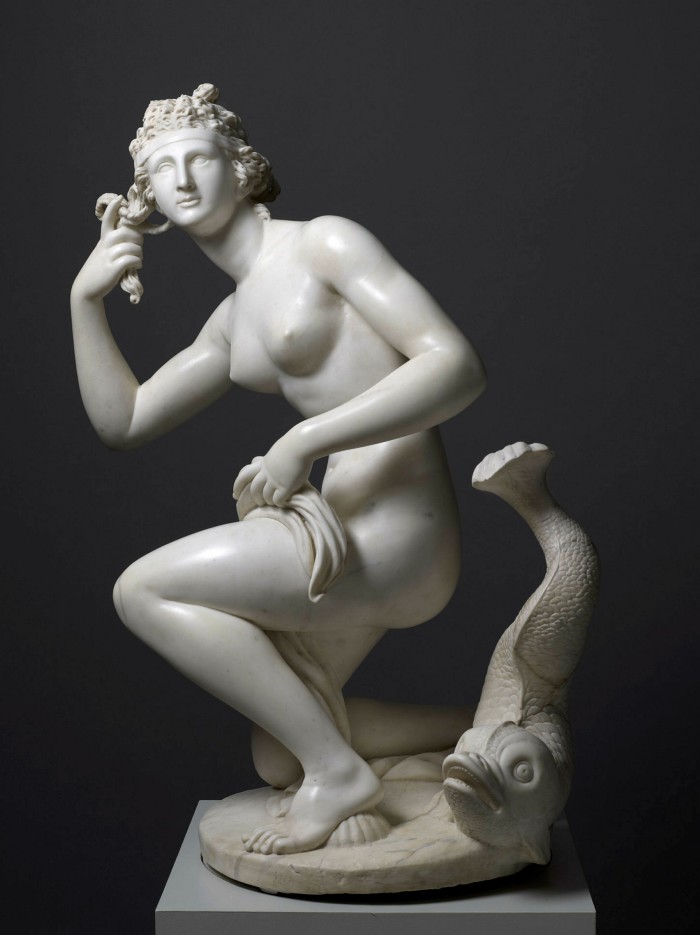
The restrictions of the pandemic have not slowed her ambitions for innovation. This year, a new project with Royal Bank of Canada, the fair’s main partner, and Sotheby’s Institute of Art — is a programme aimed at supporting emerging artists. Rather than a prize, or a one-event at the fair, the three decided on a particular educational support scheme which — through a free-to-all online video presentation — offers artists a grounding in the sometimes tricky practical and financial realities of the art world.
As Prue Thompson, head of marketing at RBC Wealth Management, explains: “We want to help young artists make a proper career out of their talent . . . help them with commercial and financial literacy. Give them the confidence to ask the right questions. The bank can provide expert resources, and with Masterpiece’s amazing art world network, and the great brand and educational expertise of Sotheby’s Institute
, we can be committed to helping artists in the next phase of their development.”
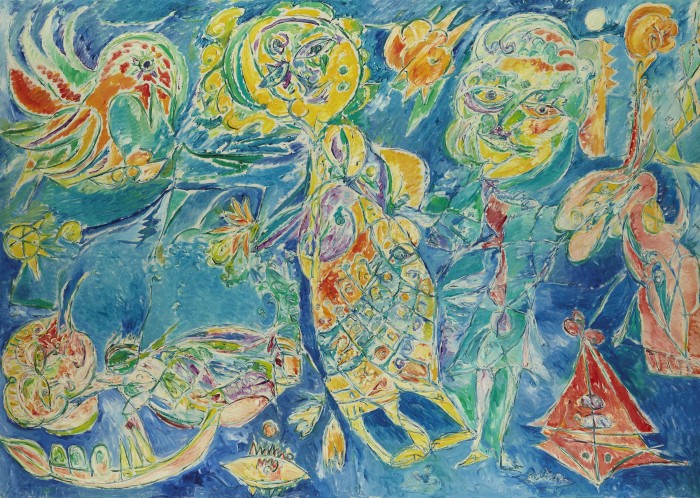
A project for emerging artists is, I suggest to Kitchener, a slight surprise — Masterpiece is essentially a secondary-market fair, with a wealth of participants dealing in antiques, established art of the past, historic artefacts and more. It is the home of cross-genre collecting, a mecca for those who like to combine a Biedermeier cabinet with an African tribal mask, or place an ancient Greek fragment next to a piece by Gaudier-Brzeska. Hardly the first pace you’d go to for new art and cutting-edge artists.
But Masterpiece is, she insists, “passionate about keeping one eye on the future”. The project grew out of a desire to establish “something that was permanent and would really add value — although we are all about the established market, we have to make sure we’re feeding it”.
Feeding the future of the art world establishment, as she explains, involves an educational ethos that also reflects the corporate culture of RBC, which has a successful emerging artists’ programme running in Canada. Thompson says she took her UK model from this. Masterpiece has a young collectors’ club, aimed at fostering people who wish to buy art, sharing expertise and experience, as well as an unusual vetting mentee programme. “Vetting”, in the world of art fairs, is the process of sending reputable independent experts around the offerings in the various booths to sniff out anything phoney, fake, or even just mislabelled: on this programme, people entering a career in art can shadow the veteran vetters and learn from them.
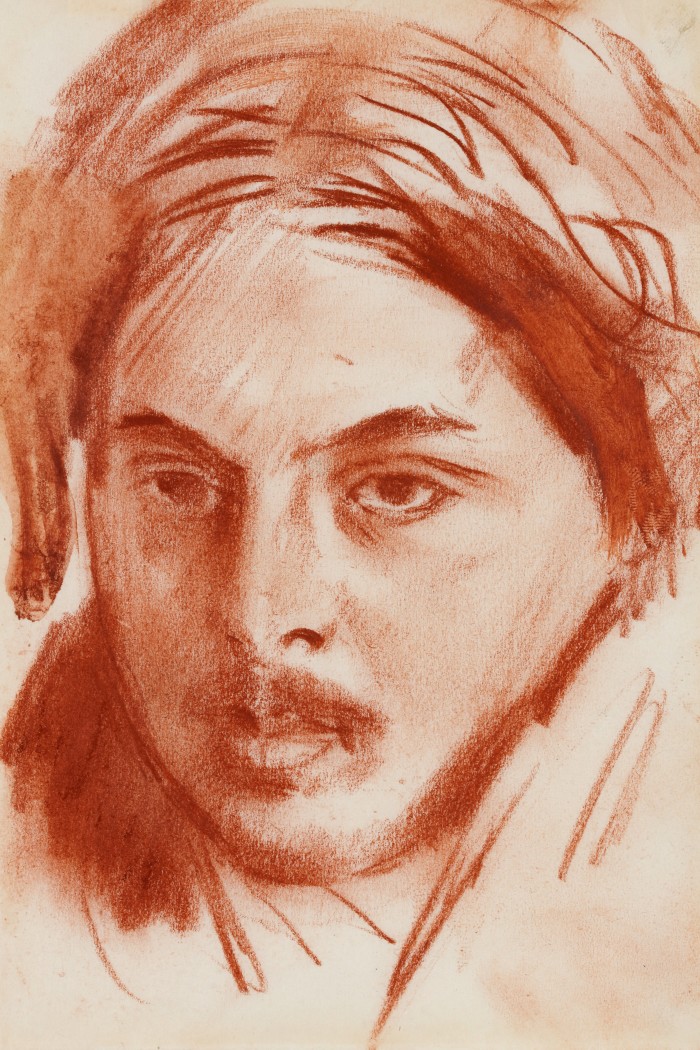
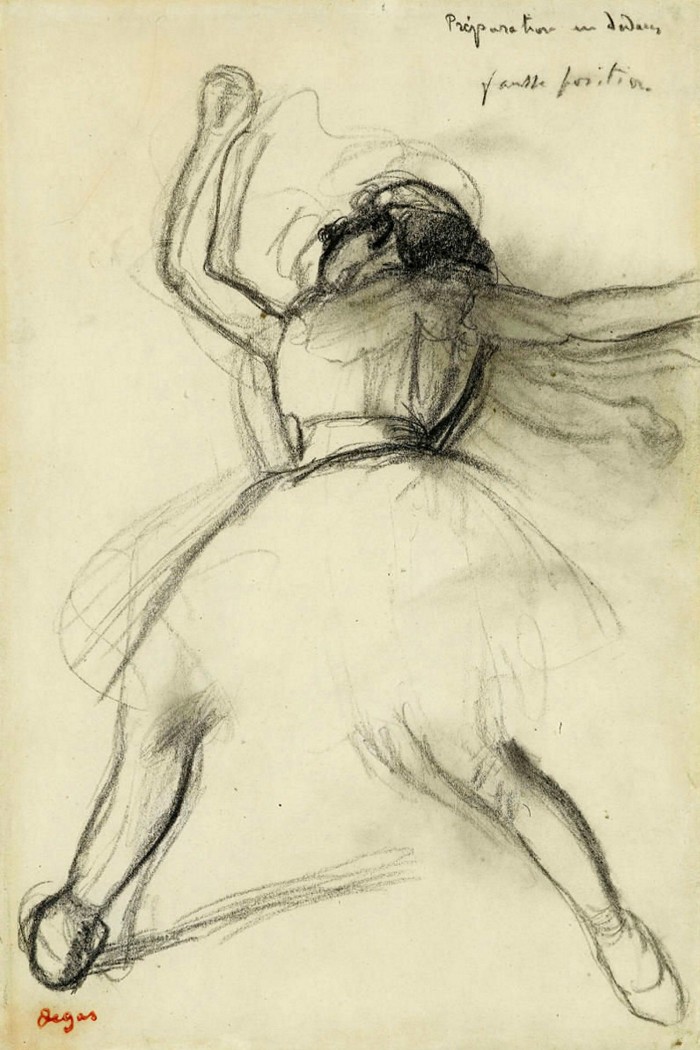
The new project, launching in September and aimed at recent art graduates in the UK, will give advice and instruction in different areas — “things people don’t necessarily talk about”, including promoting yourself, how to value your work, getting a gallery, contracts and fees, how to handle commissions, IP in the digital era and more. Both Thompson and Kitchener stress that the scheme is in an experimental phase: they hope to build a community through free and accessible content and by assessing need and results as they go along. “An evolving programme”, is how Kitchener describes it, with a long-term view that she says is shared by RBC and Sotheby’s Institute of Art.
So what, do each of these interesting women think, is the real point of helping artists with the practical and financial aspects of the business they are entering? Given, that is, that so many artists hate even to think of their art-making journey in that way? With everything that has happened recently, as well as the rapidly changing and highly demanding art world, Kitchener believes, “We have given [the next generation] a lot of challenges, we need to give them a lot of support. It might sound a bit pious but I do think we have a collective responsibility to make a difference.
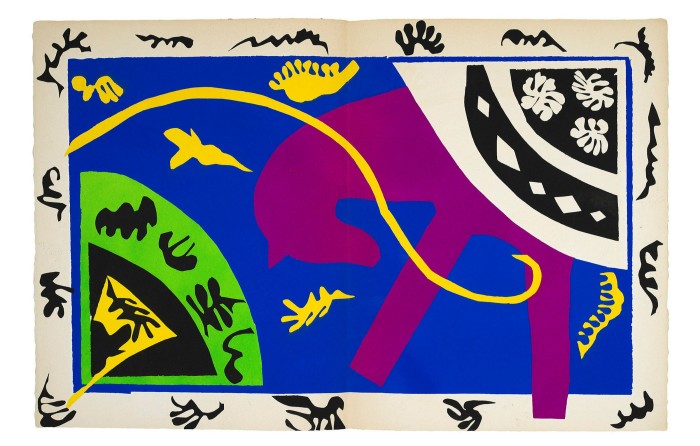
“It chimes with the ethos of many organisations who are sponsoring the arts. There’s an important shift. It used to be that people might write a cheque and then bring their clients along, and that would be it. But now organisations are wanting to make a considerable contribution beyond the cash.”
Thompson agrees. RBC, she says, always wants to connect its sponsorships to a wider community. In the UK it also sponsors programmes at the Old Vic theatre and, just recently, at the Brit School for the Performing and Creative Arts, as well as partnering with the Prince’s Trust. “People might roll their eyes at this corporate mantra,” she says, “but we are determined to make communities thrive, and our clients thrive.”
When I ask about this once-unlikely trio — only a few years ago, art fairs and auction houses had little to do with each other, and corporate sponsors were often at arm’s length — Kitchener says, “An awful lot of terrible things have happened [to artists] during this pandemic, heartbreaking struggles — but a few good things have come out of it. Including the death of a few sacred cows. People realise, we all realise I think, that we’re stronger together than apart.”
Masterpiece online runs from June 24-27. Details of the artists’ programme from masterpiecefair.com
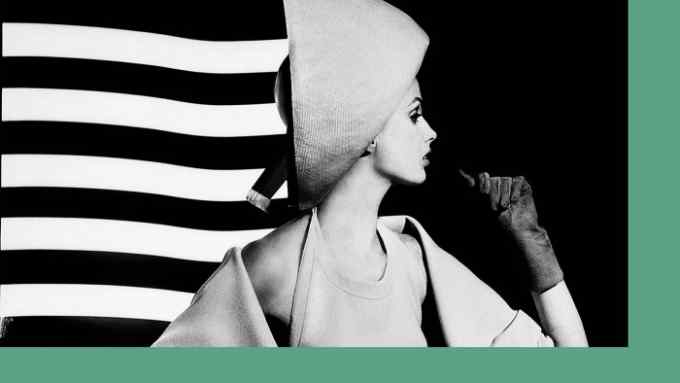
Comments